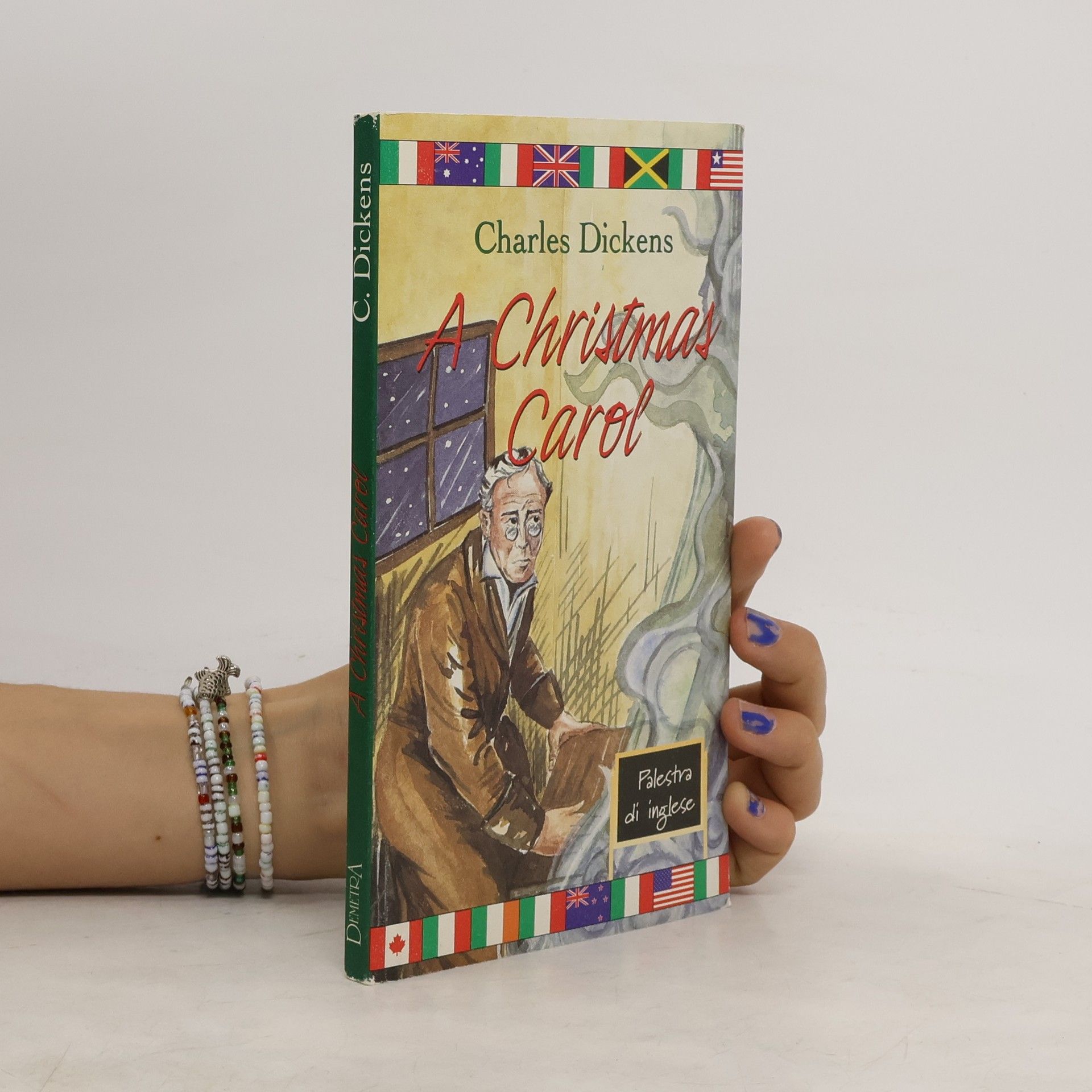The collection features essays by U. C. Knoepflmacher, a prominent critic of the novel and Victorian poetry, showcasing his insights on nineteenth-century literature from 1963 to 2012. Edited by Linda M. Shires, the volume includes an introductory essay that highlights the interconnected themes among the pieces, presenting a cohesive approach to literary criticism. This compilation offers a fresh perspective on the influence of Romantic literature on Victorian readers and writers.
U. C. Knoepflmacher Ordine dei libri




- 2016
- 2015
Religious Humanism and the Victorian Novel
George Eliot, Walter Pater and Samuel Butler
- 326pagine
- 12 ore di lettura
Exploring the intersection of religion and literature, this book delves into the works of George Eliot, Walter Pater, and Samuel Butler. It examines how these authors grappled with religious themes amidst the backdrop of evolution and modernity. Key sections analyze Eliot's quest for tradition in "Middlemarch" and "Daniel Deronda," Pater's creation of a religious atmosphere, and Butler's unique faith journey in "The Way of All Flesh." The text is structured to highlight the philosophical and metaphysical dimensions of their narratives, providing a comprehensive study of their literary contributions.
- 1998
Ventures Into Childland: Victorians, Fairy Tales, and Femininity
- 464pagine
- 17 ore di lettura
The book explores the complex debates surrounding childhood in Victorian literature, particularly through the lens of fairy tales. U. C. Knoepflmacher offers insightful rereadings of both children's and adult literature, revealing contrasting male and female perspectives on childhood. Male authors often grappled with gender roles and idealized childhood, while female writers sought to reclaim the genre, presenting narratives that emphasize growth and maturity. This examination highlights the evolving perceptions of childhood and its implications in Victorian culture, making it a vital read for scholars and enthusiasts alike.
- 1983
Scritti tra il 1843 e il 1848, i Racconti di Natale di Dickens costituiscono uno straordinario spettacolo narrativo metafisico e magico. Con queste storie animate da fantasmi, folletti e fate, l’autore affida alla scrittura il compito di rappresentare la qualità mutevole e fluttuante del reale, dimostrando la labilità del confine tra vero e apparente, la difficoltà di definire ciò che gli occhi vedono, di comprendere ciò che le parole dicono. Come nei suoi romanzi, anche qui Dickens svela l’altra faccia del mito del progresso, ritraendo l’Inghilterra della disoccupazione e del malessere sociale, Londra con le sue case fatiscenti e le sue strade degradate; la vita raffigurata non è però mai talmente cupa e disperata da non consentire spazi al sorriso o alla risata liberatoria, e attraverso personaggi e situazioni Dickens non perde occasione per scandagliare le possibilità del comico e del grottesco. Contro la realtà gretta e meschina, Dickens progetta le sue utopie natalizie, facendo ravvedere gli indifferenti e i malvagi, e, grazie all’intervento di spiriti benevoli, agli umili è consentito il lieto fine, in stanze rallegrate dall’agrifoglio, davanti a tavole stracolme di cibo.